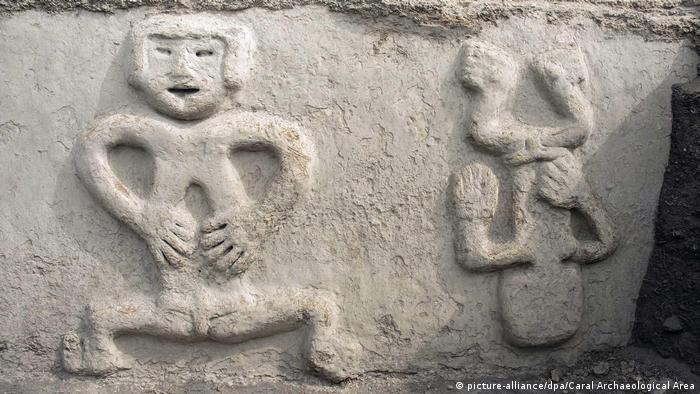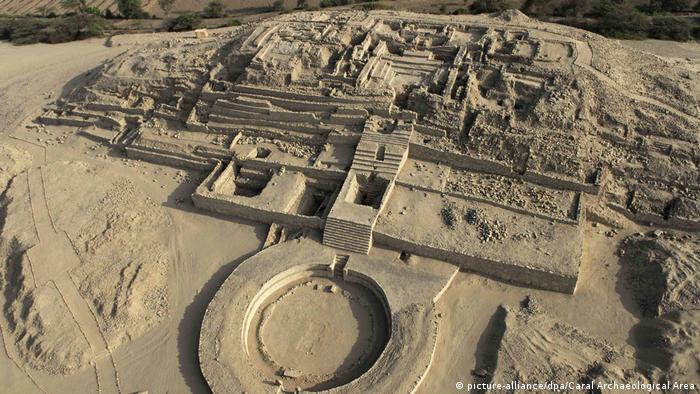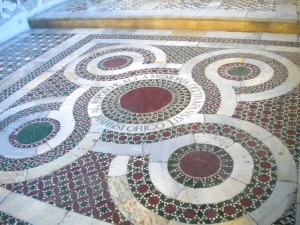Building J
Notes: Game on...on the radio...Angels and Rangers...bottom of second...no score...123...to top of third...
quote


A different type of carved stones is found on the nearby Building J in the center of the Main Plaza, a building characterized by an unusual arrow-like shape and an orientation that differs from most other structures at the site. Inserted within the building walls are over 40 large carved slabs dating to Monte Albán II and depicting place-names, occasionally accompanied by additional writing and in many cases characterized by upside-down heads.
https://en.wikipedia.org/wiki/Monte_Alb%C3%A1n#/media/File:Monte_Alban_archaeological_site.png
unquote
Fletcher with lead off hit...Trout up...Building J looks like a baseball plate!...DP...Ohtani up...and it is a very strange building...Ohtani K...to bottom of third...123...to top of fourth...
quote
The final piece of the puzzle is why these images are mounted on Building J, the observatory. So in an attempt to pull all the evidence together, I would suggest the “Conquest Slabs” are in fact records of Lords or Priests of the syndicated tribes of the valley who sacrificed their cities for the furtherment of the Zapotec civilisation and Monte Albán. This was most likely part of Monte Albán’s inauguration or during the dedication ceremony of Building J, which seems to have a mysterious and powerful purpose (see the article “Monte Albán – Ancient Observatory).
https://uncoveredhistory.com/mexico/monte-alban-the-conquest-slabs/
unquote
two down...Bour up...site suggests the slabs are toponyms, like the little temple huts with a burning torch on the roof, and the temples and such with an atlatl spear in them--these seen in the codexis...123...to bottom of fourth...in the previous posts I've been noting toponyms...like the Egyptian vignettes for the rituals of building a temple...lead off hit...Astros get a hit with runners at the corners and two down...Astros 1-0...fly out...to top of fifth...
quote
Yazılıkaya is a 3,200-year-old building that was known to have been central in religious ceremonies in the capital city of the ancient Hittite Empire , but according to a new scientific theory, it might have served as a working calendar and a sacred clock.
In Turkish, Yazılıkaya means “inscribed rock" and while this expansive Bronze Age site with its incredible incised carvings has been studied for several decades, a team of experts now proposes that it was a functional tool serving as a time keeping device . A massive 3D shadow-clock, if you will.
https://www.ancient-origins.net/news-history-archaeology/astronomical-observatory-0012230
unquote
quote
It is intriguing to note how the Hittite practise of assimilating other cultures' gods into their own pantheon is in evidence at Yazilikaya. The Mesopotamian god of wisdom, Ea (Enki) is shown in the male procession and the god Teshub was a Hurrian god who was syncretized with the Hittite storm-god.
https://en.wikipedia.org/wiki/Yaz%C4%B1l%C4%B1kaya
unquote
one down..Regnifo up...the Egyptian pyramids and temples were sundials too...all these old sundials/moondials/stardials look to have toponym reliefs...well, I can think of an exception...the temples of the sun at Machu Pichu and Cuzco...but then, they may have had gold sheets embossed with images on their walls that the Spanish took...but, pursuing 'intrigue' doesn't have to be spot on, for now!...Angels made out...to bottom of fifth...two down...
quote
Paul Kosok discovered Caral in 1948, but it received little attention at the time because it appeared to lack many typical artifacts that were sought at archaeological sites throughout the Andes. In 1975, the Peruvian architect Carlos Williams made a detailed record of most of the archaeological sites of the valley of Supe, among which he recorded Caral, from which he made some observations about the development of architecture in the Andes. Ruth Shady further explored the 4,000- to 4,600-year-old city in the Peruvian desert, with its elaborate complex of temples, an amphitheatre and ordinary houses.[5] The urban complex is spread out over 150 hectares (370 acres) and contains plazas and residential buildings. Caral was a thriving metropolis at roughly the same time that Egypt's great pyramids were being built.
... ... ...
Among the artefacts found at Caral are a knotted textile piece that the excavators have labelled a quipu. They write that the artefact is evidence that the quipu record keeping system, a method involving knots tied in rope that was brought to perfection by the Inca Empire, was older than any archaeologist had previously guessed.
https://en.wikipedia.org/wiki/Caral
unquote
Astros wap a two out double...Astros 2-0...
quote
The wall relief shows four human heads, side by side, their eyes closed, with two snakes passing between and around them. The snakes point their heads to what appears to be a humanoid seed symbol that is digging into the soil.
Archaeologist Ruth Shady, who oversees the site and announced the discovery, hypothesized that the serpents represent a water deity that irrigates the earth and makes seeds grow.
Shady said the relief was likely done towards the end of a drought and famine that the Caral civilization experienced. Other reliefs discovered nearby showed emaciated humans.


https://www.dw.com/en/archaeologists-unearth-3800-year-old-wall-relief-in-peru/a-45112955
unquote
Fletcher up...K...Trout up...I dunno...the reliefs on building J are said to represent conquered towns with a depiction of a human sacrifice to represent that the towns that gave fealty to Monte Alban...Trout with one out single...Ohtani up...the reliefs are so abstract, and worn away, it is difficult to say...reliefs of prisoners being led to sacrifice are on the Moche pyramid temples...Egyptian and Sumerian reliefs, paintings, like this too...along with the tribute scenes...when a government decorates, the tendency looks to be conquests, tributes, heroes and gods!...fc...two down...Calhoun up...Angels made out...to bottom of sixth...home run...hmmph...Astros 3-0...Astros with a hit...then a line drive out back to Angels relief pitcher Cahill...runner thrown out at second...ball hits high off the wall for two out double...lucky to throw out that runner!...Astros made out...to top of sixth...Bour up...K...two down...K...to top of seventh...ground out to Fletch...one down...another almost passed ball fielded by Guerno, the Angels catcher, and he gets Altuve at first...twice now Guerno has thrown out runners on this play...don't know but catchers might think of cultivating a decoy play like this!...drop the ball, throw'm out...W...another ball off the wall...Astros 4-0...Astros make out...to top of eighth...oh, and then there is this, Nero's Bathtub:
quote
The Vatican museum: hall after hall of ancient Rome. Shelves crowd the corridors with busts of Caesar, of Cicero, of a hundred obscure Senators, of still more-obscure Romans, anonymous but vivid with two-thousand-year expressions of resolve or grit or whimsy crowded shelf on shelf.

Imperial Porphyry.
The Imperial Porphyry found in Italy came from a single mine in Egypt, the Mons Porphyrites.
https://www.exurbe.com/a-passion-for-porphyry/
Fletch with hit...two Angels runners on, one down...Trout up...3-2 the count...W...bases loaded...Ohtani up...the big bowl was part of the Roman baths, for sometime...they were huge...the red granite shows up around the Old World...for sometime...around the room are pagan gods and heroes...for sometime...and I'd like to go on about the floor...but can't find a good pic...the bowl sits on an octagon...leading to it are complicated Greek meanders/keys...and each box has a vignette...oh, there are other decorative motifs, like the twisted rope...Ohtani fly out...K...heck...this game will go to the Astros...to bottom of eighth...I don't know when the floor was made (The construction of this large hall with a hemispherical vault imitating that of the Pantheon was completed in 1779 according to a project of Michelangelo Simonetti.)...oh, at the porphyry page is the following pic too...it has that odd swirling Minoan motif...
quote

https://www.exurbe.com/a-passion-for-porphyry/
unquote
it's seen on those boxes I went on about back a ways...fly out to Trout, one down...ground out...two down...base hit...Astros make out...to top of ninth...Simmons up...K
quote

Test of a Phyllacanthus imperialis, a cidaroid sea urchin.
https://en.wikipedia.org/wiki/Sea_urchin
Bour up...K...Parker up...K...off to Tehachapi tommorrowmorrow...birthday visit in earthquake land...Astros 4-0
:)
DavidDavid








No comments:
Post a Comment